Zen Master Thich Nhat Hanh (affectionately known as Thay to his followers) talks about the four noble truths of the Buddha in a way that is easy to understand. He uses the concepts of ill-being and well-being. What is the difference between ill-being and well-being?
He teaches that the first noble truth is the fact of ill-being. Most authors render this truth as the fact of suffering.
Ill-being is a fact of life. We suffer when we are ill. We suffer when we get what we don’t want. We suffer when we get what we want.
So we must look into the cause of ill-being. This is the second noble truth.
The cause is our failure not to see things as they are right now in the present moment. We all have hopes, plans, wishes, and dreams. These instill desire and craving in our minds.
We overlook the fact that we have everything it takes to be happy in the present moment, as Thay teaches.
So well-being is the third noble truth. It says that we can eliminate much of our ill-being by having the right view on life.
Our job is to do what ever we can to minimize the extra suffering we cause ourselves by our thoughts, feelings, perceptions, and consciousness. This can be done by living life just as it is and not how we demand it should be.
The fourth noble truth is the path to well-being and the end of ill-being.
The Buddha taught the eight-fold path or right view, right speech, right thought, right action, right livelihood, right mindfulness, right concentration, and right insight.
Thich Nhat Hanh teaches the studying, practicing, and observing the Five Mindfulness Trainings provide a wonderful way to embody the path to well-being.
So what is the difference between ill-being and well-being? Look at the image to find out!
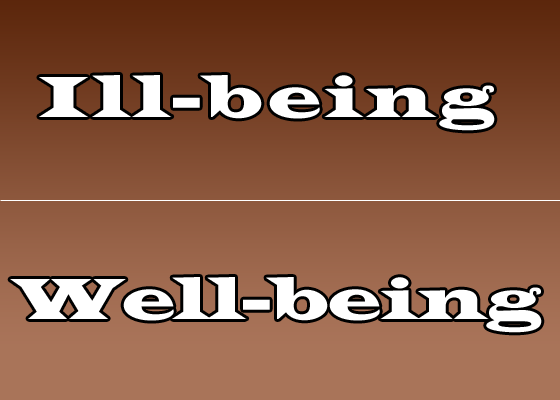
You see, Ill-being is a result of being focused on me, myself, and I!
Well-being has “we” in it and concern for our interbeing.
In your life, what do you do to minimize ill-being? What do you do to maximize well-being? Please share, especially if you like the animation.



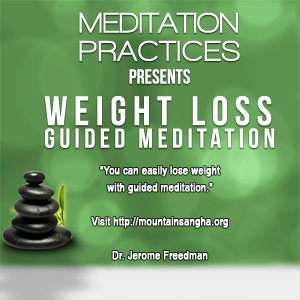
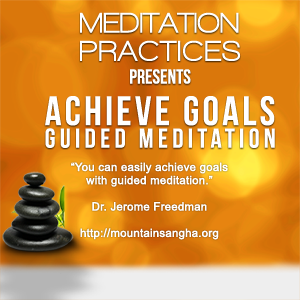
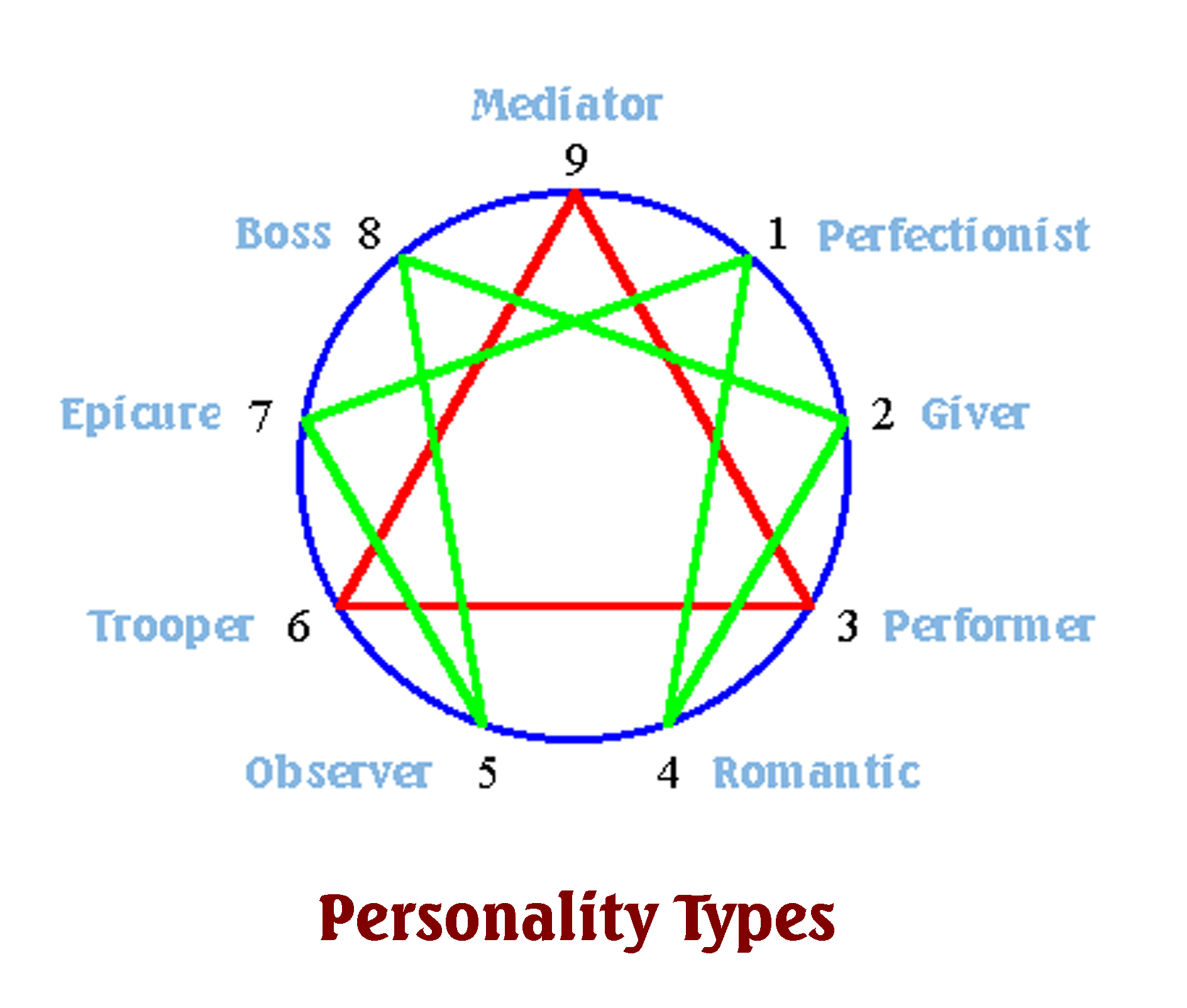
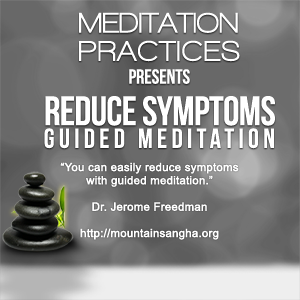
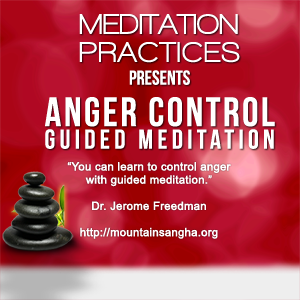
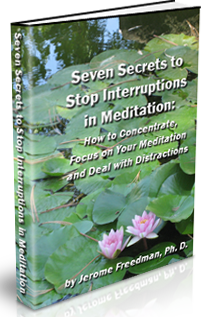
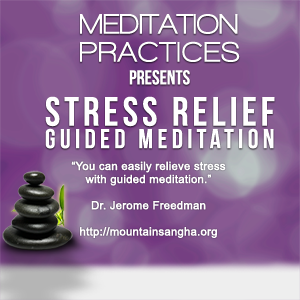
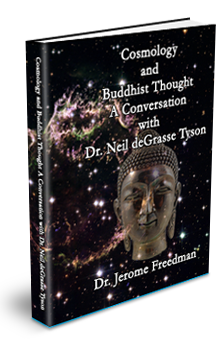
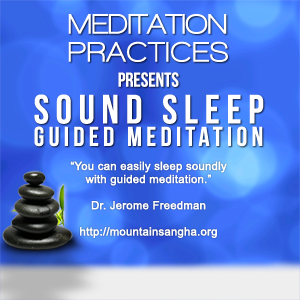

You must be logged in to post a comment.